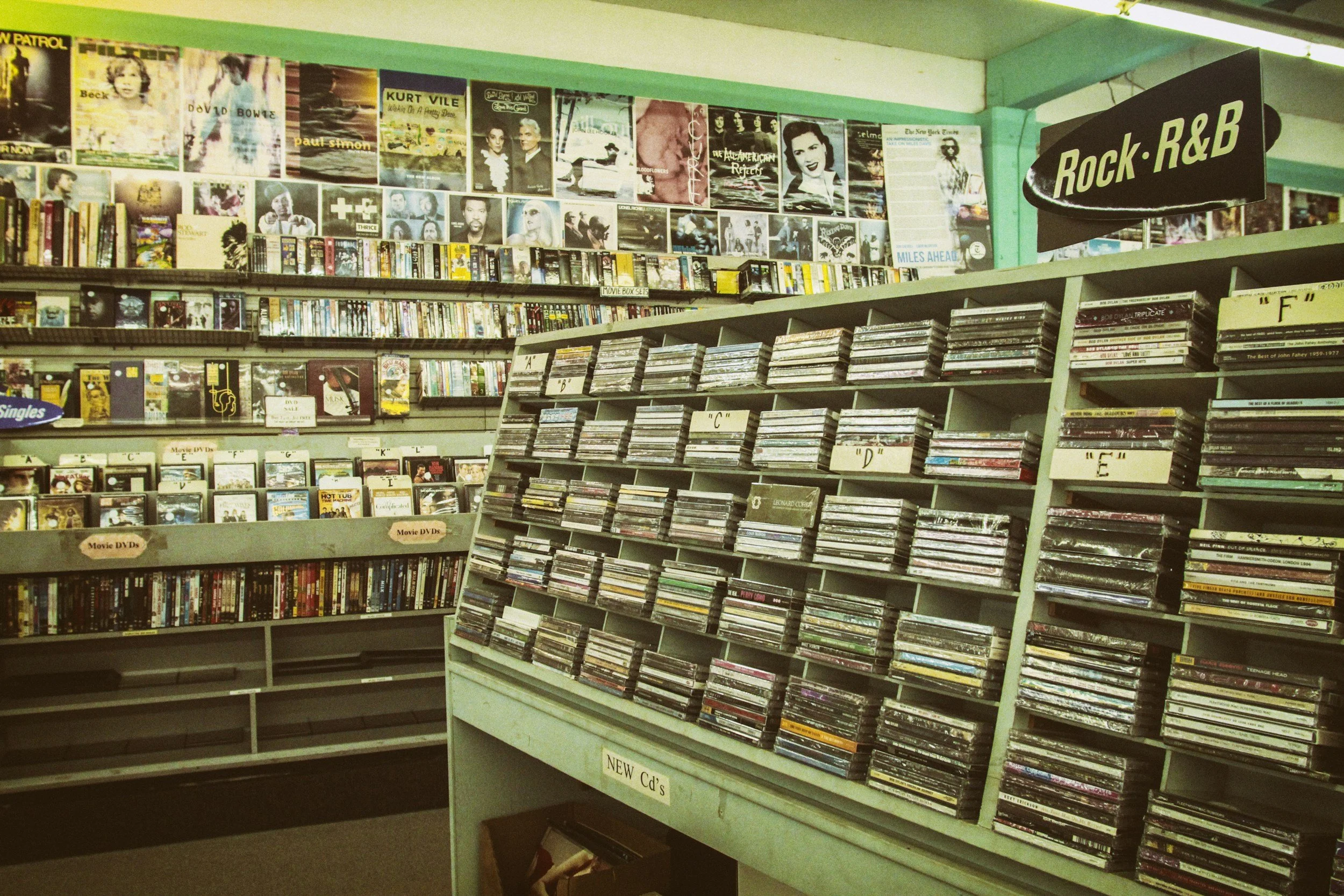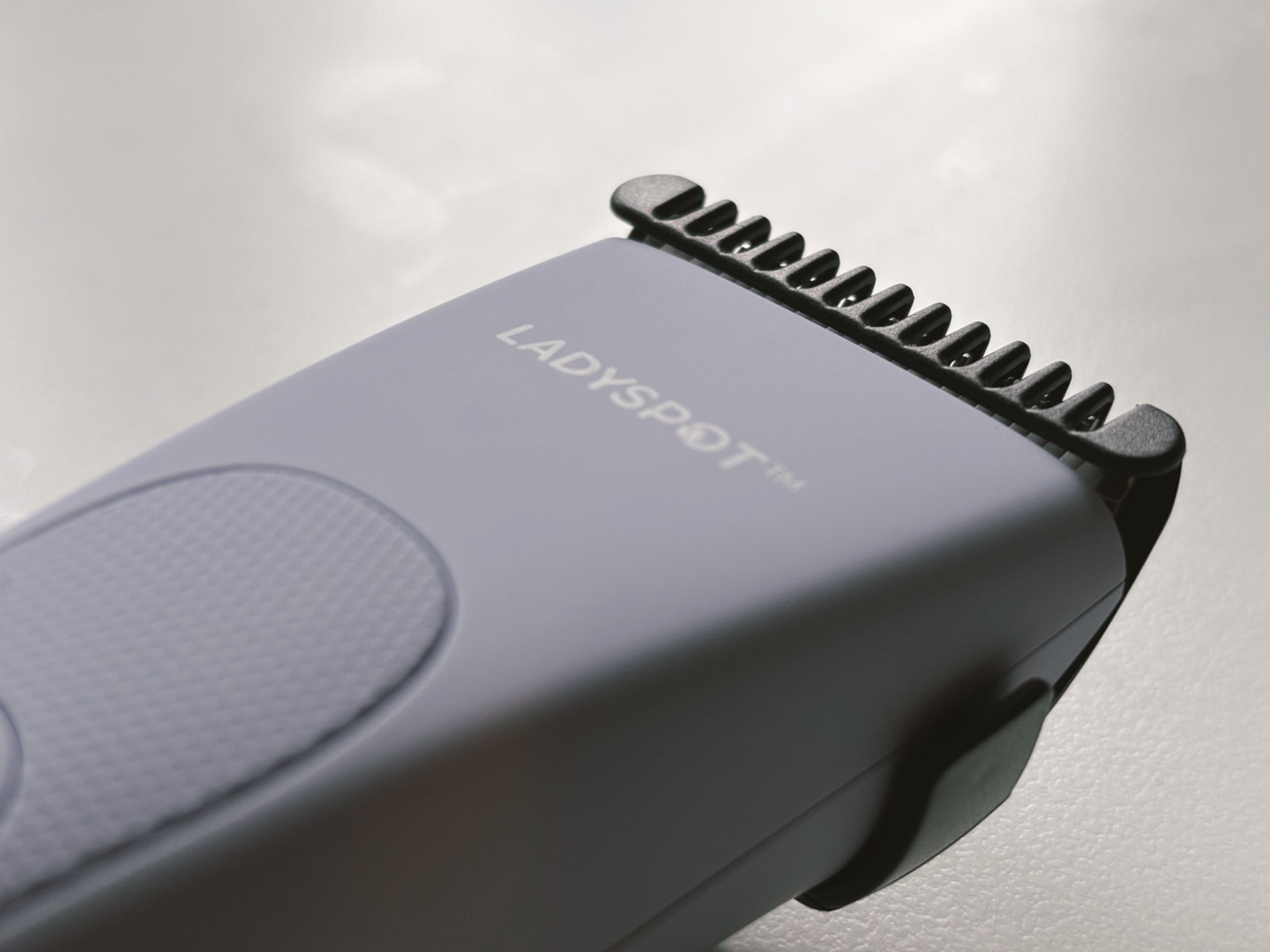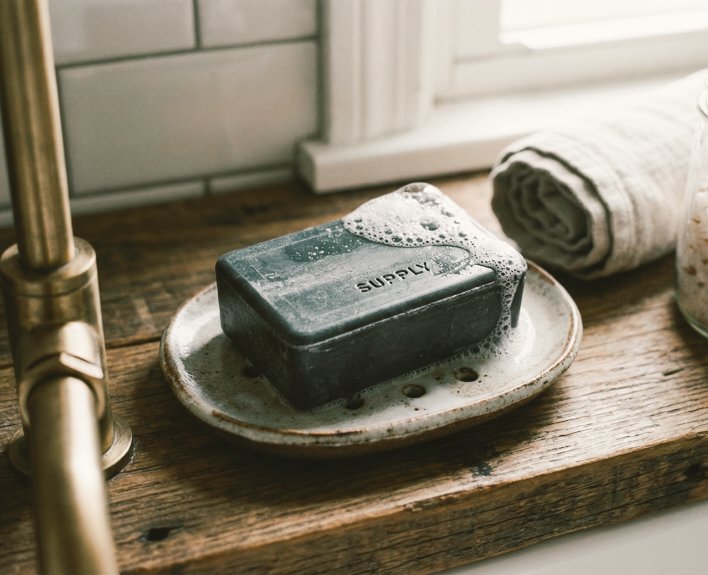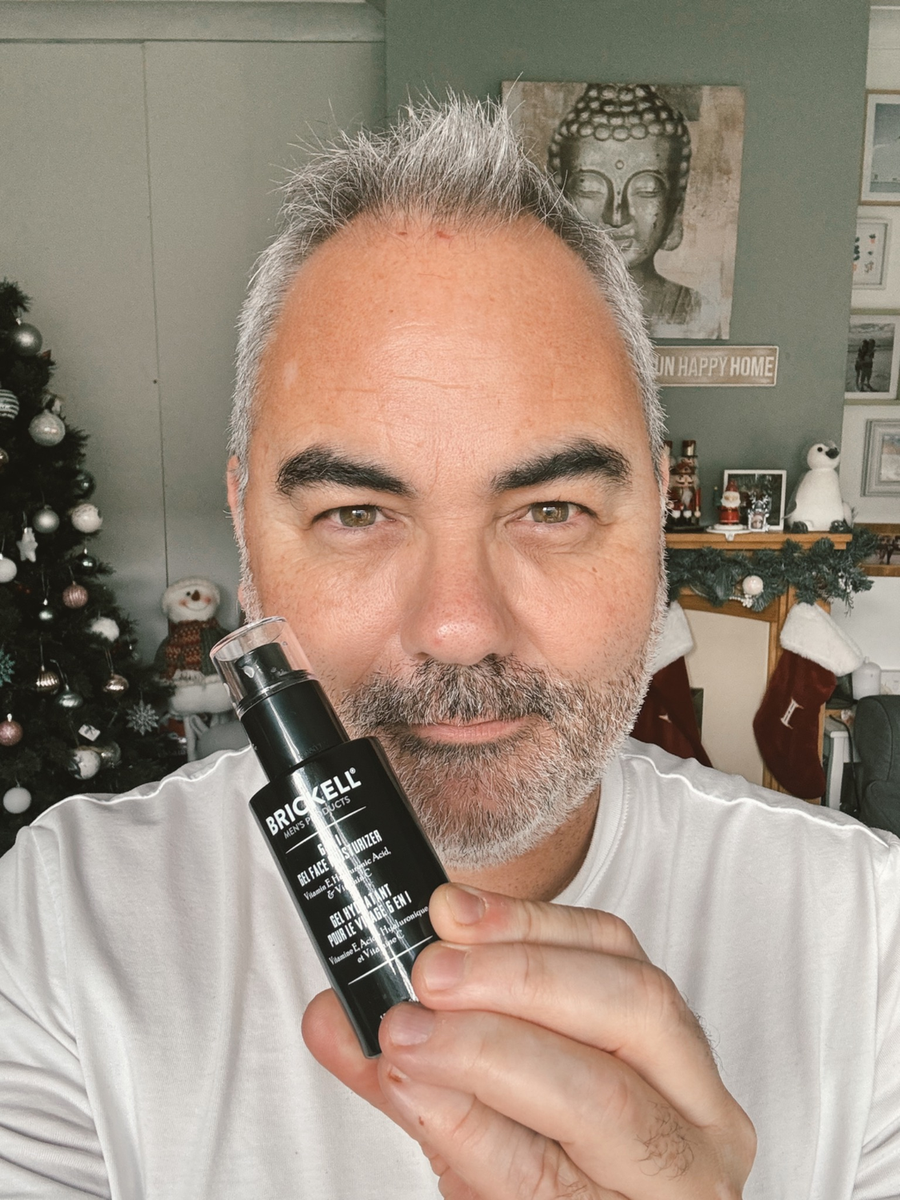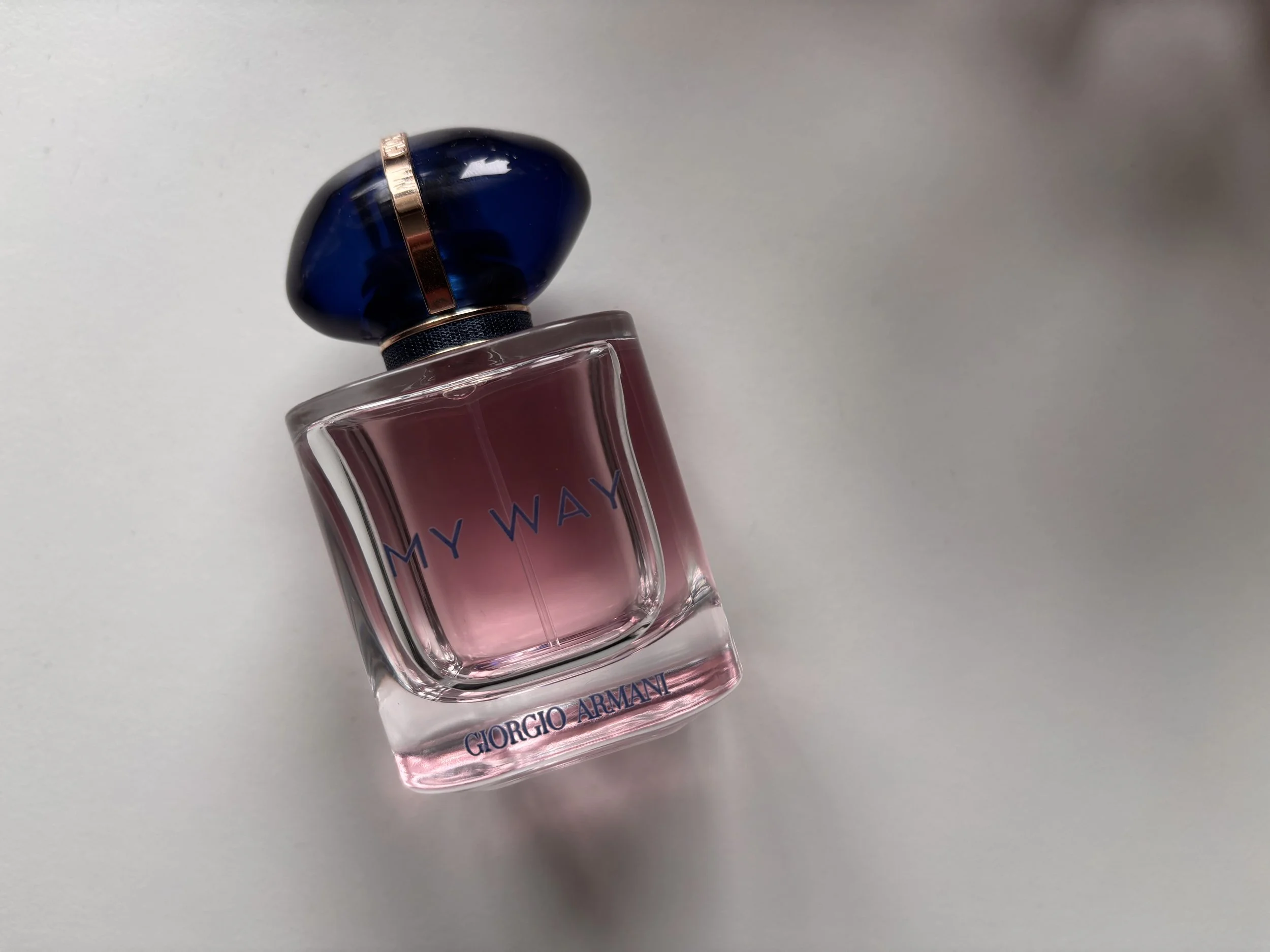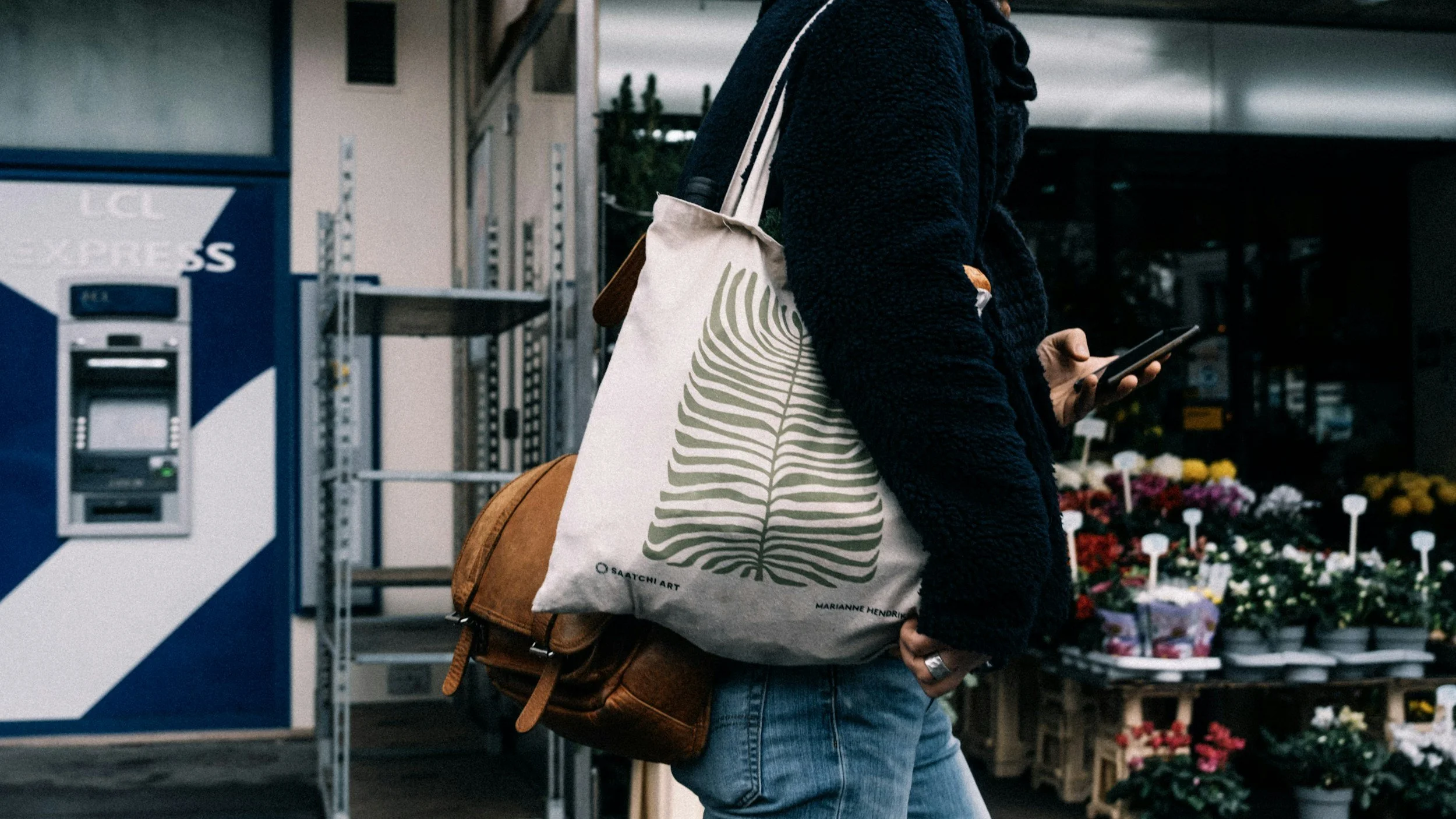Embracing Minimalist Tech: Simplifying Your Digital Life
/In a world that’s constantly buzzing with notifications and digital distractions, more people are turning towards minimalist technology to find a sense of balance. As a lifestyle blogger and someone who appreciates both tech and simplicity, I've found that embracing a more minimal approach can be incredibly refreshing.
Going Back to Basics: Pen and Paper Still Win
Let me start with something simple: I still plan my day using pen and paper. I know it might sound a bit old-fashioned, especially when there are so many digital tools available. But there’s something incredibly grounding about writing things down manually. No distractions, no pop-ups—just me, my thoughts, and my to-do list. It helps me stay focused, and honestly, it keeps my anxiety in check. There’s a certain magic in slowing down like that.
Discovering Mudita Kompakt: The Minimalist Phone That Surprised Me
One of the biggest changes in my tech life came when I started using the Mudita Kompakt phone. This is a minimalist E-Ink device designed to help people disconnect and live more intentionally. No social media. No email apps. No distractions. Just calls, texts, a calendar, and a few practical tools. One of the things I love most about it is the incredibly long battery life—no more worrying about charging it every day, which is such a breath of fresh air. It’s also beautiful. The E-Ink screen is gentle on the eyes and easy to read, even in bright sunlight. It reminds me of my Kindle—and I’ve always loved that screen technology.
The Light Phone III: A Symbol of the Minimalist Movement
With the Light Phone III it’s all about going back to essentials. No social feeds. No videos. No doom-scrolling.
This phone is designed to respect your time—and I find that message so powerful. It's not about rejecting technology, but about using it more consciously.
And we clearly need to. The average person checks their phone 58 times a day (according to recent studies 205 times a day in the US)—often for no real reason at all. Add to that the fact that we now spend over 3 hours daily on our smartphones, and it’s no surprise so many people are feeling burned out. I know a few creators and writers in their 40s and 50s who’ve started using these kinds of phones as a secondary device—especially during evenings or weekends. It's a subtle but powerful shift toward more intentional living.
Rediscovering Music: Why I’m Buying CDs Again
Interestingly, this shift towards minimalism has also rekindled my love for physical media—I’ve started buying CDs again. There’s something satisfying about having a tangible collection of music, and it feels like a nice break from the endless stream of digital content. Streaming has made music more convenient, but honestly, it also made it feel disposable. With physical media, there’s a different kind of joy. You own it. You feel it. You display it. Choosing what to play, opening the case, pressing play—it slows everything down in the best possible way. There’s a sense of presence that comes with physical things that you just don’t get from streaming services or cloud storage.
Back to Film Photography: A Slower, More Meaningful Way to Capture Life
To add to this analog journey, I recently started using a film camera again. There’s something magical about capturing moments on film and holding physical photos in your hands, rather than just storing them on a phone or computer. Developing film and seeing those photos come to life feels like a small adventure in itself, and it’s another way to slow down and appreciate the moment.
The process is slower. You take fewer shots. You wait to develop the film. But when those photos finally come back, they feel so much more meaningful.
Digital Minimalism: More Than a Trend
More than ever, people are feeling the pressure of being “always on.” According to recent studies, 72% of adults feel overwhelmed by the constant notifications, emails, and app updates. It’s no wonder we’re looking for ways to opt out. For me, it’s not about going offline completely. I run a blog and spend a lot of time online—it’s part of my job. But digital minimalism is about making conscious choices. It’s about protecting your attention, your time, and your peace of mind.
And minimalist tools—like the Mudita Kompakt or Light Phone—support that shift. They’re not just products; they’re part of a mindset that says: “You don’t need to be reachable 24/7 to live a full life.”
Tips for Embracing Minimalist Tech in Your Own Life
If you're curious about simplifying your tech life, here are a few gentle suggestions to start:
Use pen and paper for your planning or journaling—even just once a week.
Switch off notifications for all non-essential apps.
Try a minimalist phone like the Mudita Kompakt or Light Phone III (even as a weekend device).
Reconnect with physical media—books, CDs, vinyl, or even printed photos.
Limit your screen time intentionally by setting “no phone” hours in the evening.
It doesn’t have to be all or nothing. You can create your own version of digital minimalism, one step at a time.
Final Thoughts
Minimalist tech isn’t about rejecting modern life. It’s about reclaiming control over it. It’s about finding peace in simplicity and making room for the things that really matter—your family, your passions, your creativity, your quiet moments.
As someone who lives online for a living, this has been one of the most refreshing shifts in my routine. And I truly believe more and more of us are ready to embrace it. If you’ve already made a change—or you’re thinking about it—let me know in the comments. I’d love to hear what minimalist tech means to you.
Jerome
Jerome is a UK-based French lifestyle blogger and founder of www.dapperandgroomed.com. He writes about skincare, fashion, tech, and the art of living well for men over 40. His reviews are honest, personal, and rooted in real-life experience.

